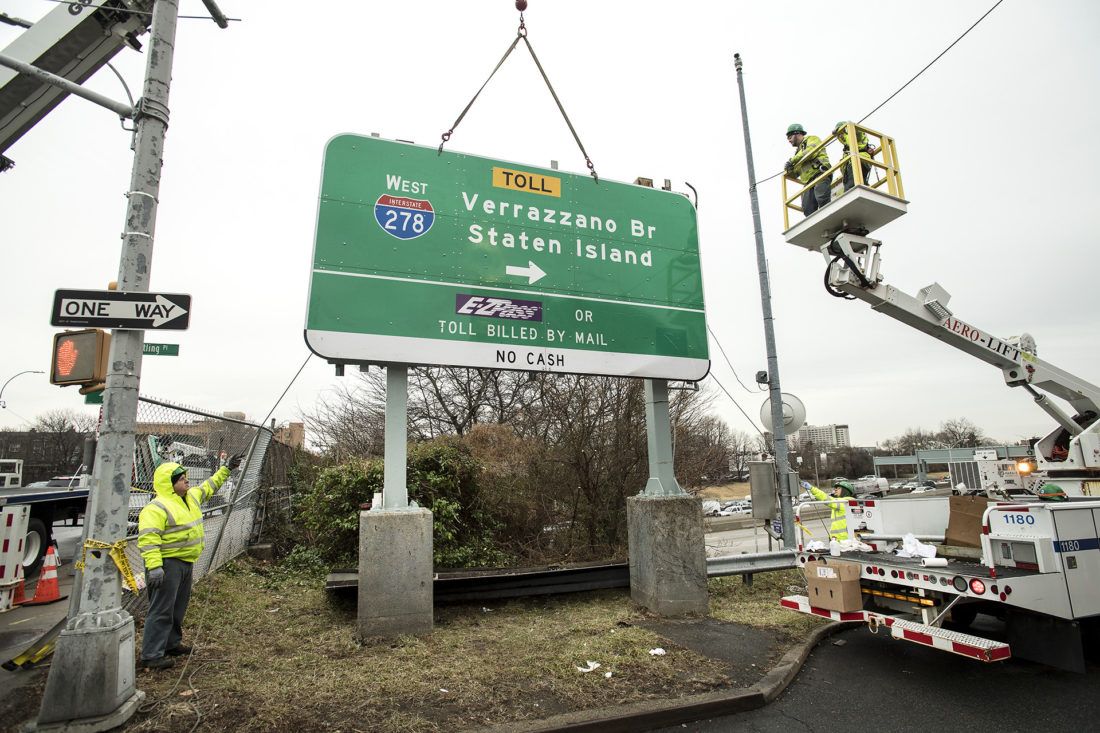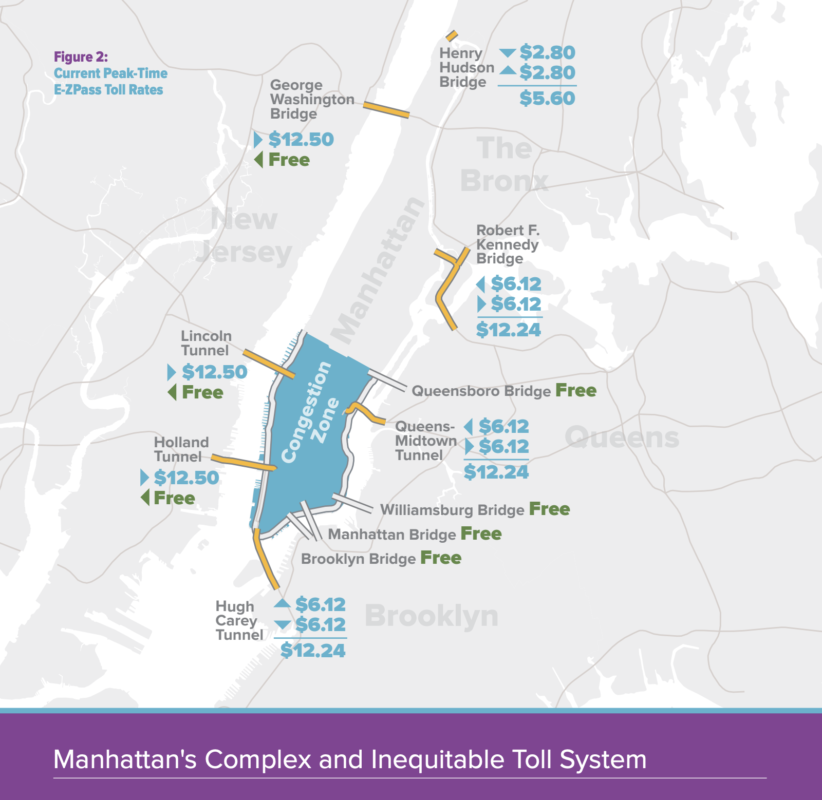After a long Trump-Induced Freeze, NYC’s Congestion Pricing Plan is Finally Heating Up


New York’s plan to reduce traffic congestion and raise funds for public transit appears to be moving forward after years of delay.
Congestion pricing, as the policy to charge drivers to enter Manhattan below 60th Street is commonly known, was first approved by the New York State legislature in April 2019, and was initially scheduled to go into effect last month.
But the administration of former President Donald Trump refused to tell New York’s Metropolitan Transit Authority (MTA) what kind of environmental review process the agency was required to conduct, a move that stalled the plan for nearly two years.
With President Joe Biden now running Washington, however, the dynamic is changing.
At the MTA’s February board meeting, chief development officer Janno Lieber told board members that “we’ve heard from the Federal Highway Administration that they are going to fast-track our environmental process.”
A representative for the FHWA, which is overseen by new Transportation Secretary Pete Buttigieg, also told Law360 that the agency would be “making New York’s congestion pricing plan a priority.”
New York officials hope the $1 billion per year congestion pricing is expected to generate can be used to secure up to $15 billion in bonds, which would fund repairs and capital improvements to a public transportation system that was struggling even before the pandemic decimated its finances.
Still, many unknowns remain. The federal government has to decide whether the plan requires a relatively quick Environmental Assessment, or a full Environmental-Impact Statement, which is slower and more onerous.
The state also still needs to appoint its six-member Traffic Mobility Review Board, which will recommend toll pricing, categories of vehicles subject to the tax, and other key considerations to the Triborough Bridge and Tunnel Authority, which will make final decisions.

Whenever the final policy is set, TransCore, a Nashville-based transportation tech company that has been given a $500+ million contract to set up and administer the system, will work to convert nine city bridges and tunnels to all-electronic tolling.
Other MTA budget battles have also been unfolding in recent weeks. A planned fare hike was postponed last month after the agency learned that it would likely receive several billion dollars in the forthcoming pandemic relief bill, though the exact amount is still uncertain.
That’s in addition to the $8 billion the agency received last year, which helped it balance its 2021 budget and avoid layoffs and service reductions (though MTA’s board did approve a plan to raise tolls at its bridges and tunnels by around 7%).
Meanwhile, Governor Andrew Cuomo’s latest executive budget includes a plan to pull $145 million from dedicated transit funds and direct it elsewhere. The MTA has said it will not protest the move, though advocates remain furious about the plan.
“The funds from the raids are actually worth more than the value of a fare hike,” Riders Alliance spokesperson Danny Pearlstein told Bklyner. “So if it goes through, the likelihood of a fare hike in the near future is greater.”
And newly-elected Congresswoman Nicole Malliotakis just introduced a bill in the House that would redirect funds generated by two-way tolling on the Verrazzano Bridge to a reduced-toll credit for Brooklyn and Staten Island drivers, instead of putting it toward what she called “the MTA black hole.”
The extra revenue from two-way tolling, which just went into effect last month, is expected to be $12 to 15 million, a relatively small amount in the grand scheme of the MTA’s $17.5 billion 2021 budget.
Still, with looming questions about everything from when and whether ridership will return to the fate of the authority’s $54 billion capital plan to modernize the system and its immense debt burden, every dollar counts.




